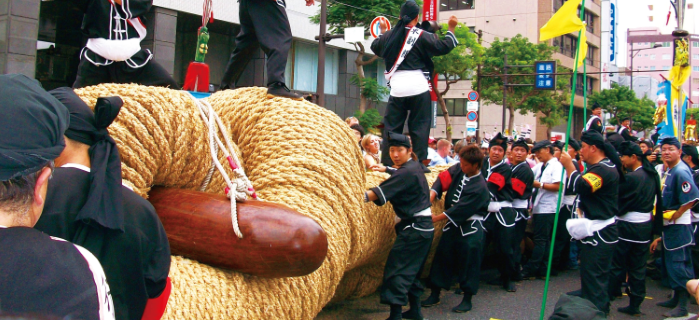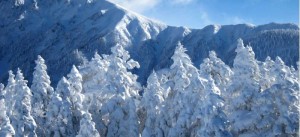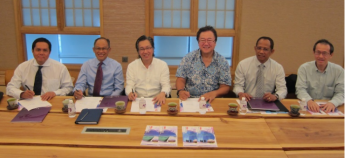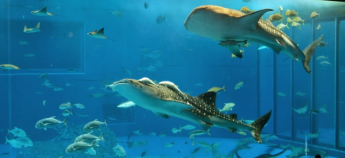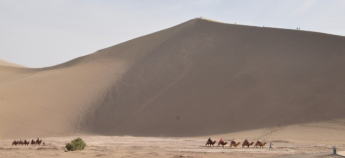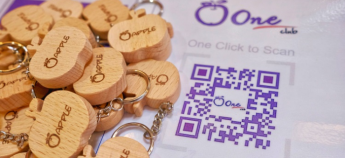5 Things to do in Okinawa ? Autumn
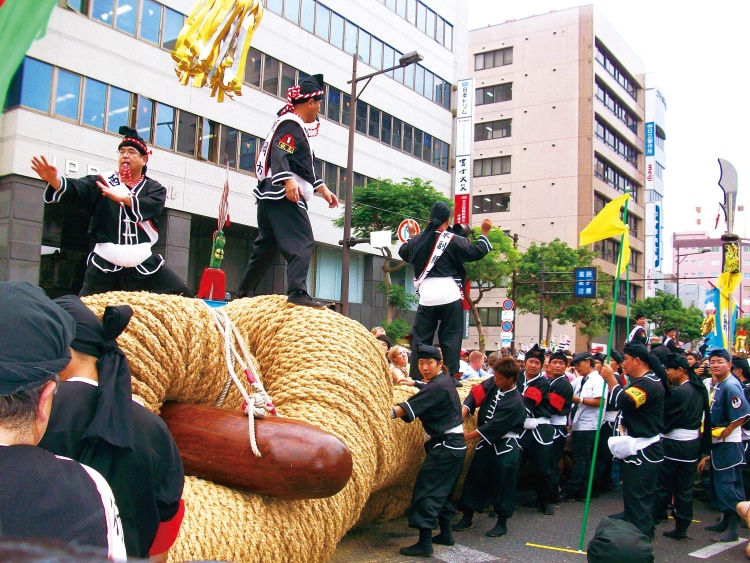
Autumn in Okinawa is celebrated slightly differently from other parts of Japan.
1. Inekari (Rice Harvesting) known as Mushaama Harvest Festival on Hateruma Island, an island within the sub-prefecture of Yaeyama Islands.
Comes Autumn every year, different prefecture in Japan goes through a season of Rice Harvesting Festivals. An important celebration, time where farmers gives thanks and pray for an abundant year ahead for new plantation.
The Inekari festivals are celebrated throughout Japan comes Autumn, but here in the Yaeyaema Islands alone has a different flavour to the celebration. One of the most well known is the Mushaama Festival celebrated with Obon Festival (a festival of thanksgiving) on Hateruma Island. The celebration takes on a different tone. Not a large island and made out of corals, this island is the southernmost tip of the entire Japan! From here you can view The Southern Cross Star. You can catch the star at Taketomi-cho Hateruma Island Star Observatory Tower on a clear night.
Here on Yaeyama Islands, located in the Southwest of Okinawa. A visit to this sub-prefecture will be an eye opener even for local Japanese. As it is also known that Yaeyama Islands are the most remotest part of Japan from the main islands. It’s a surprise to find out that the Yaeyama language is widely spoken. Of course Japanese is a national language which is spoken by all. The island’s name, Hate no Uruma literally means “The Last Reef”.
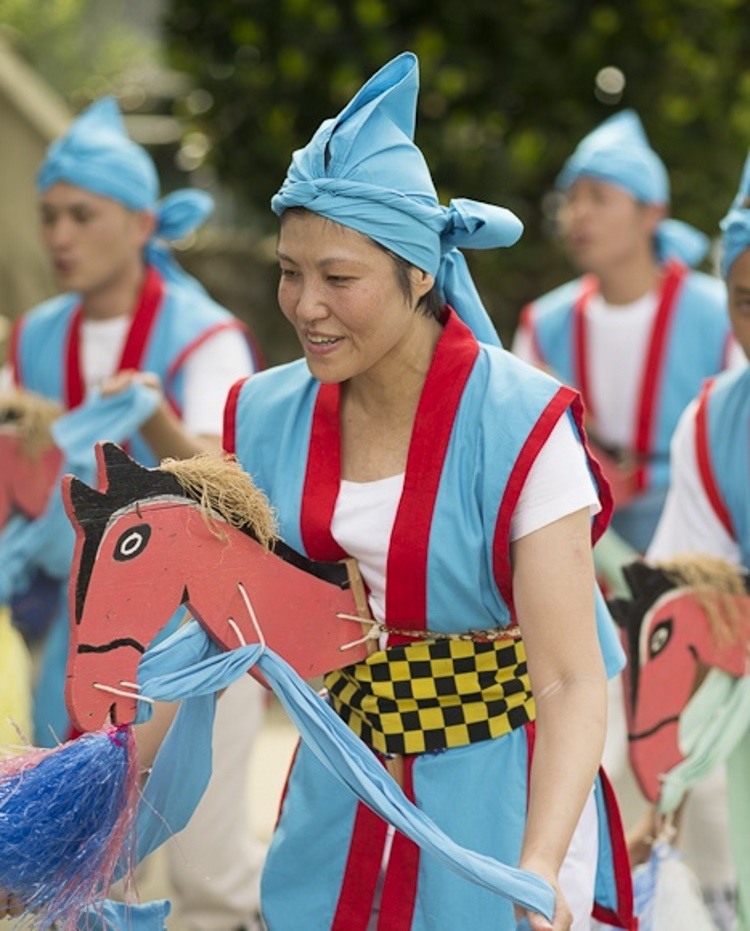
Mushaama Harvest Festival Hateruma Island, the Yaeyamas Islands, Okinawa.
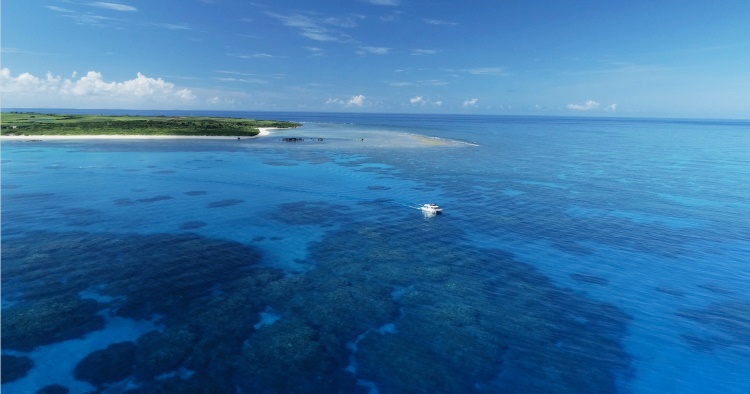
Mushaama Festival is celebrated on this island “only”. Hateruma islands. Photo Credit Discover Yaima.
2. Tsukimi (Moon Viewing) the Okinawa way
The Autumn festival in Japan ushers in the round bright moon. In Okinawa, the tradition is celebrated a little differently. Even the name of the festival is refered to as uchichiumachii locally. It is one of the bigger festive celebrations.
How different is it from the other Japanese prefecture?
“Uchichiumachii” takes place on the 15th August yearly on the lunar calendar and is known as “Jugoya” in other parts of Japan, but Okinawan calls it “Juuguya”. The rest of Japan will also be celebrating it with Japanese Dango but in Okinawa you must try the “fuchagi”. Slightly similar in taste but different in presentation altogether! Also in Okinawa you will find “Chinese Mooncakes” on “Juuguya” night as well. A tradition from the Ryukyu era.
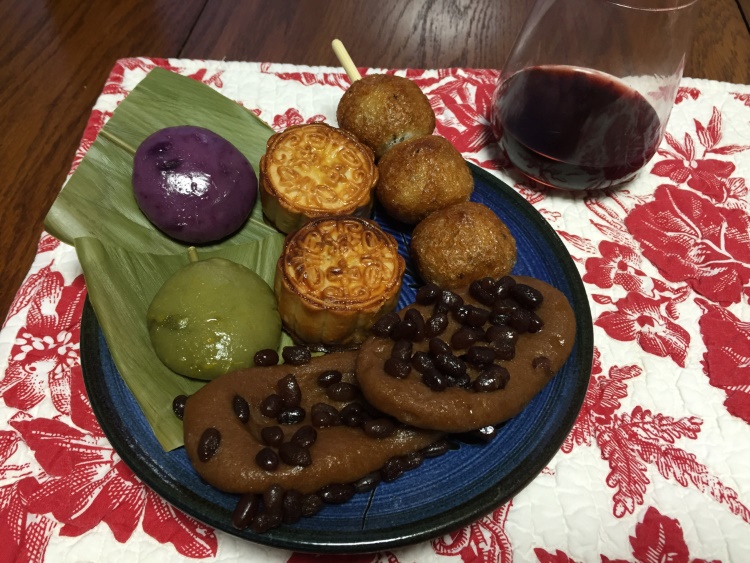
Tsukimi sweets, a slight difference on the other “dango” served during the Mid-Autumn Festival. Photo Credit Ono Okinawa

A Traditional Tsukimi Moon Viewing preparation in many Japanese households.
3. Okinawan Tug-of-War is not child’s play!
This year would be the 47th Naha Tug-Of-War Festival held from 7th to 9th October 2017. One of the largest festival celebrated. History has it that this tradition started off between the two rulers – from the east and west dating back to 17th century. Today it is celebrated together with the national sports day (Taiko no hi).
Be apart of the 600,000 strong crowd of revelers. Take part in the Naha Ootsunahiki (Tug-of-War), different from any tug-of-war you ever participated in as the length is at 200 meters and a weight of 43 tonnes! Too heavy where it requires about 15,000 people taking part! All are welcome to take part and you can see many happy and exhilarated faces. Crowds are made out of Okinawans, US soldiers as well as visitors.
Apart from the tug-of-war there is also “hatagashira” a youth parade, Bamboo poles decorated with the local symbols and deities from different towns and villages proving Okinawa’s unique diversity. As well as the traditional fan dance the Okinawa way.
Plan your travels ahead! You don’t want to be disappointed!
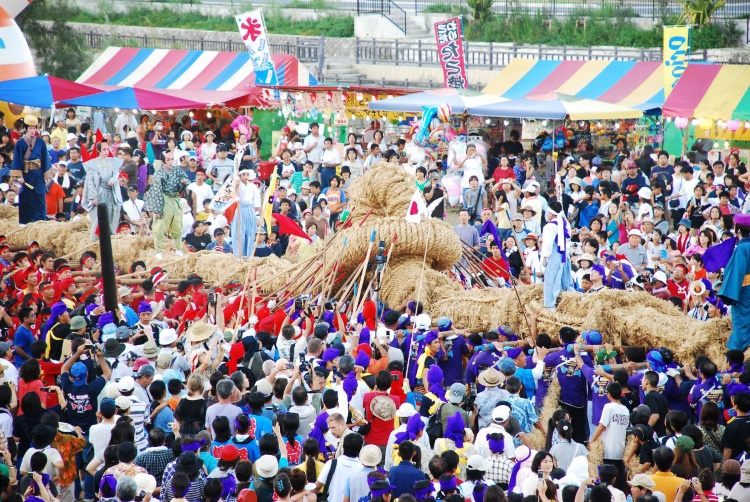
By the Japan Times
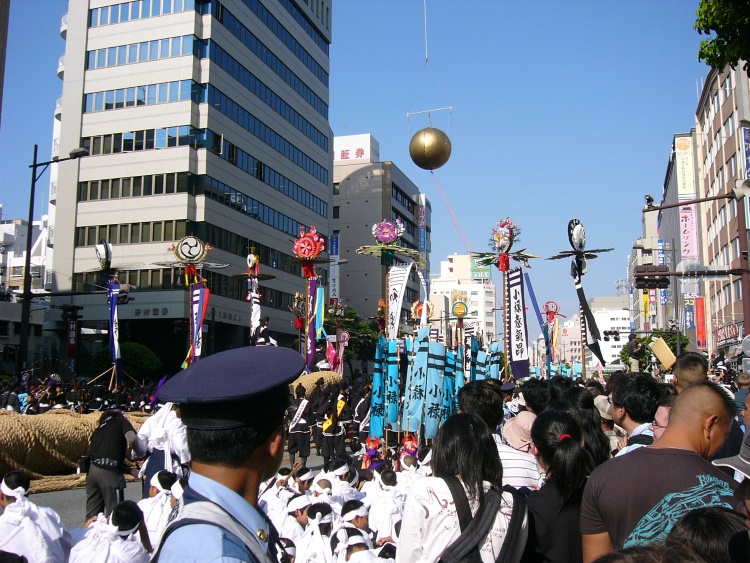
Naha_Matsuri_Hata-Gashira
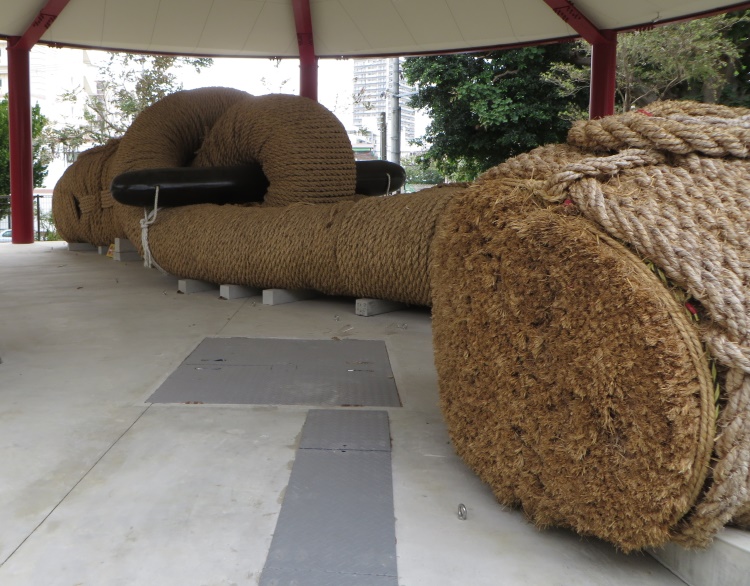
The Rope. Impressive to play tug-a-war!!
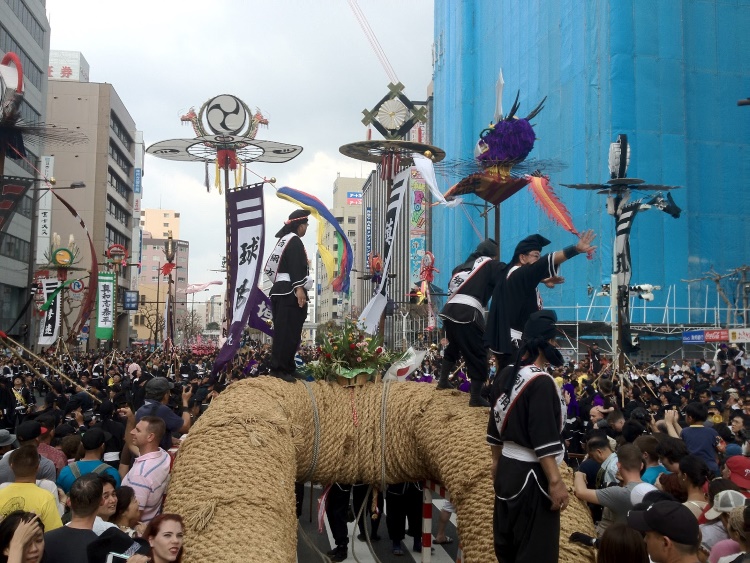
4. Okinawa Soba Day on 17th October!
What is Okinawa Soba Day? It happens on the 17th October yearly. Yes many will find it akin to the chinese yellow noodles, but when you taste it … aha! You will agree with me that it is truly an authentic Okinawan dish, worthy of its name – Okinawa Soba! The ingredients purely from Okinawa.
Okinawa soba is made of wheat instead of the the japanese soba we have come to know which is made out of buckwheat. By the “defination law” of Japanese Soba it should contain at least 30% of buckwheat in the noodle to qualify as Japanese soba status. But in 1972 when Okinawa is returned to Japan, this definition does not conform to the soba produced in Okinawa hence the Fair Trade Commission tried to make the Okinawa prefecture to drop the name soba. The Okinawa Noodle Manufacturing Co-op negotiated and as a result the name – Okinawa Soba remains. A proud moment and it is celebrated till this day.
On 17th October, when you are here in Okinawa ….the 2,000 or more soba shops will have special celebration all around in their own way. You will be in for a very festive and “belly” full of Okinawa Soba surprises!
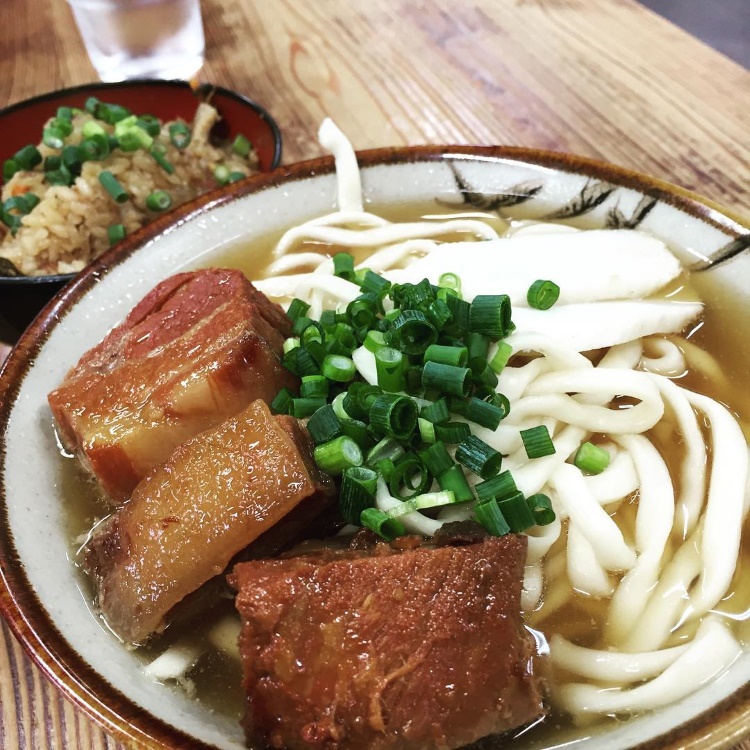
Okinawa Soba
5. The traditional celebration All-Okinawa Eisa Festival
Eisa dance originates from Okinawa. So if you made plans to visit Okinawa in the autumn season you must plan it to coincide with the Okinawa Zento Eisa Matsuri. It is the largest traditional dance using taiko (traditional drums). Sounds of taiko practice can be heard around Okinawa in the late evenings. The origin of this dance in Okinawa is a way to send off the ancestral spirits, who descended for the Bon Festival and to usher them to return to the spiritual world by beating the taiko loudly. The traditional dance today is performed by the young and old.
The unique aspect of the Okinawa Eisa Festival, you can also take part in the dance even though you are just a visitor. But you do need to have an hour of practice though! An unforgettable experience.
Date: mid-August to early September
Place: Okinawa City Koza Sports Park
Admission: Free *Admission is required for some of the seating areas. Admission to the beer festival is free.
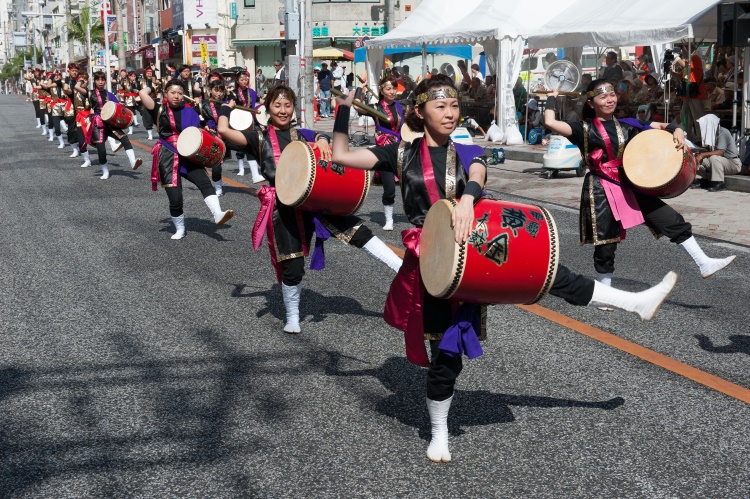
Photo Courtesy_The Japan Times
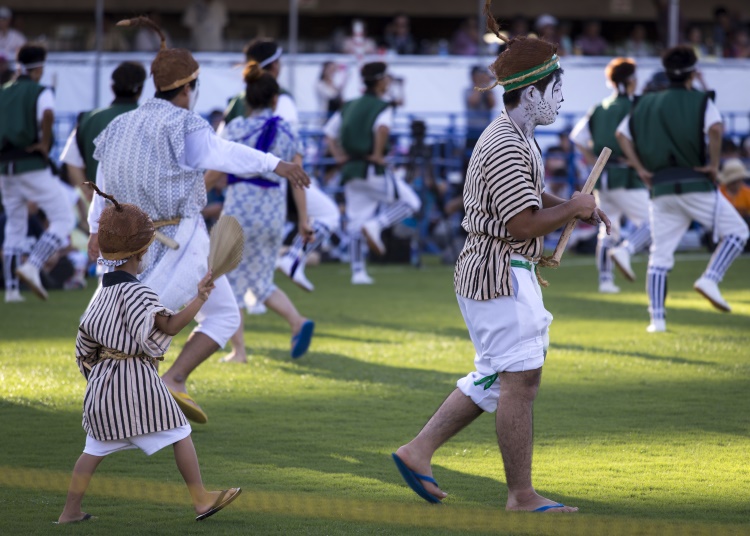
Young and Older Boys participate.

